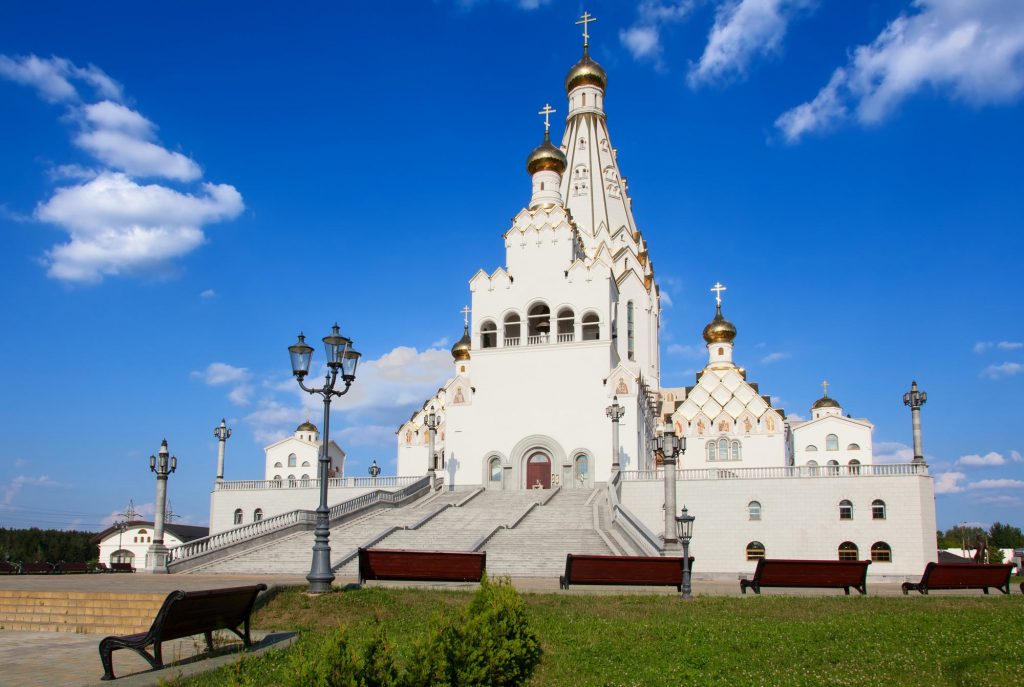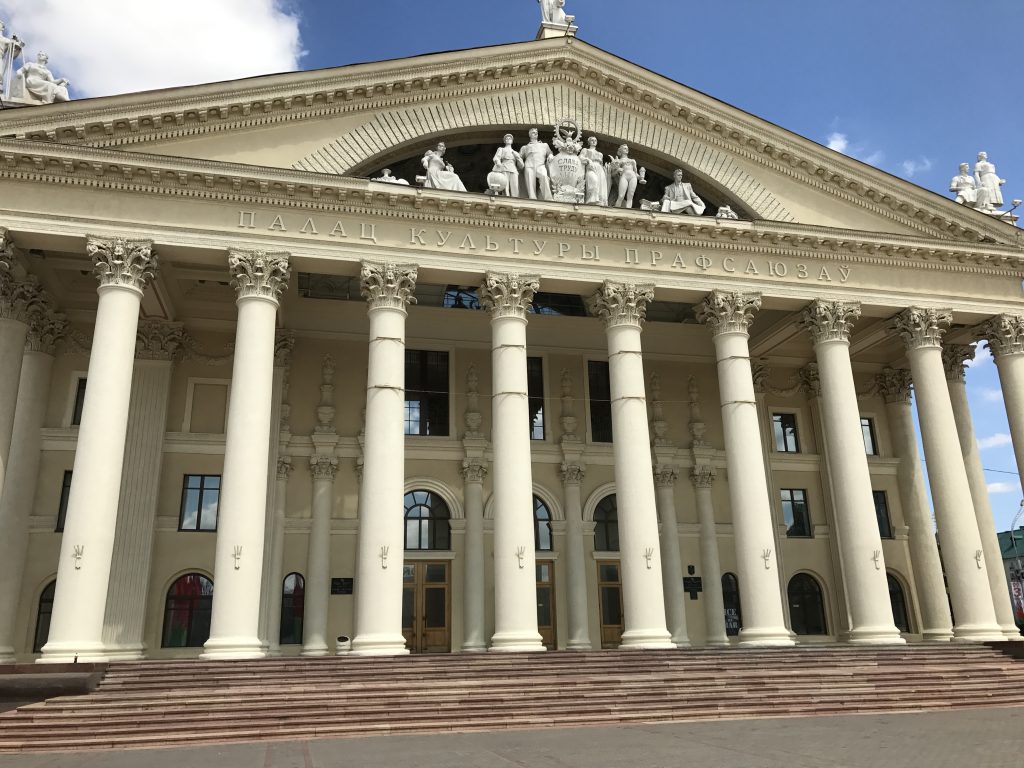Around the World Staycation Series – Minsk

Minsk is the largest city of Belarus, located on the Svislač and the Niamiha rivers. Minsk became an industrial center after the building of the Moscow-Warsaw and Liepaja-Romny railways through Minsk in the 1870s. In 1919, it became the capital of the Belorussian republic.
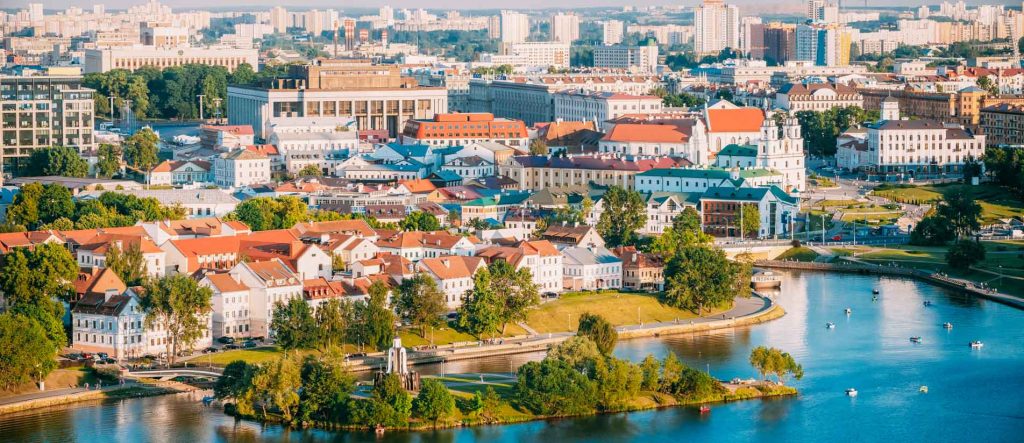
History
The land of modern-day Minsk was settled by early East Slavs, members from tribal societies who settled many Slavic nations. By 980AD, the settlement was incorporated into one of the earliest East Slavic states, the Principality of Polotsk. After the settlement was burnt down during battles with Kiev forces in 1067, it was quickly rebuilt, and soon began expanding South, where craftsmen and traders came to settle and disperse their goods. The town would become a principality in the early 12th century under Prince Hleb Usiaslavich of Minsk, who built the town’s first stone church. In an attempt to avoid invasion by active Mongol and Scndanvian armies, Minsk peacefully integrated into the Grand Duchy of Lithuania, where it thrived and became a large city housing thousands, frequently tempting the foreign invaders it sought to avoid.
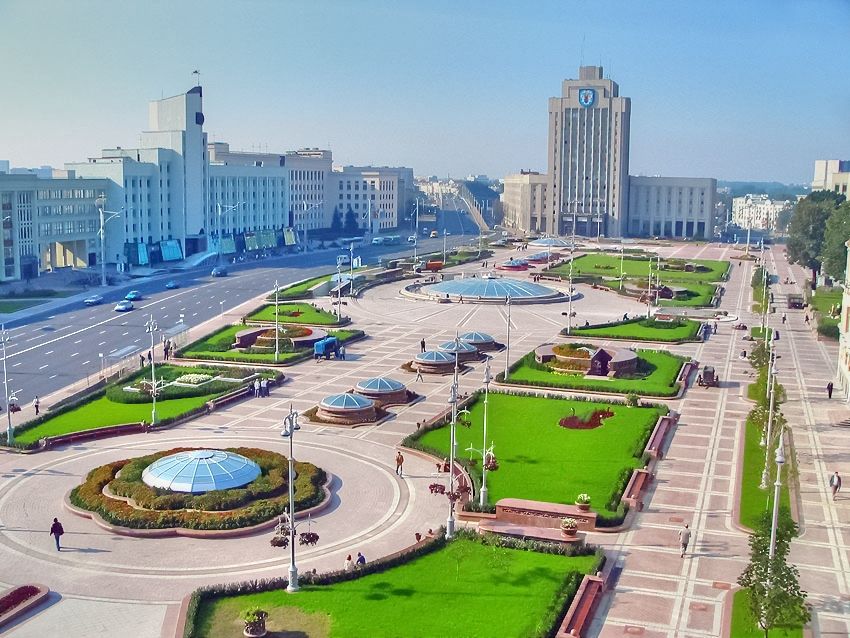
Under the Polish-Lithuanian Commonwealth (1569-1795), Minsk became the center of the Eastern Orthodox Church, as well as attractive culture, schools, and printing works. After the Polish-Russian War of 1792 and the second partition of the Polish state, Minsk became a part of the Minsk Governorate, a province of Russia, and a crucial trading hub with a population of about 27,000 by 1860. The end of the 19th century saw the extensive modernization of the city, with railways, telephone lines, and water infrastructure. World War I turned Minsk into a home for military hospitals and supply bases, serving as the Russian army’s main stronghold on the Western Front. With the 1917 Russian Revolution, and Russia’s exit from the war, Minsk became the capital of the new capital of the Belarusian People’s Republic; however, a year later, it was claimed by the Red Army and made the capital of the Byelorussian Soviet Socialist Republic.
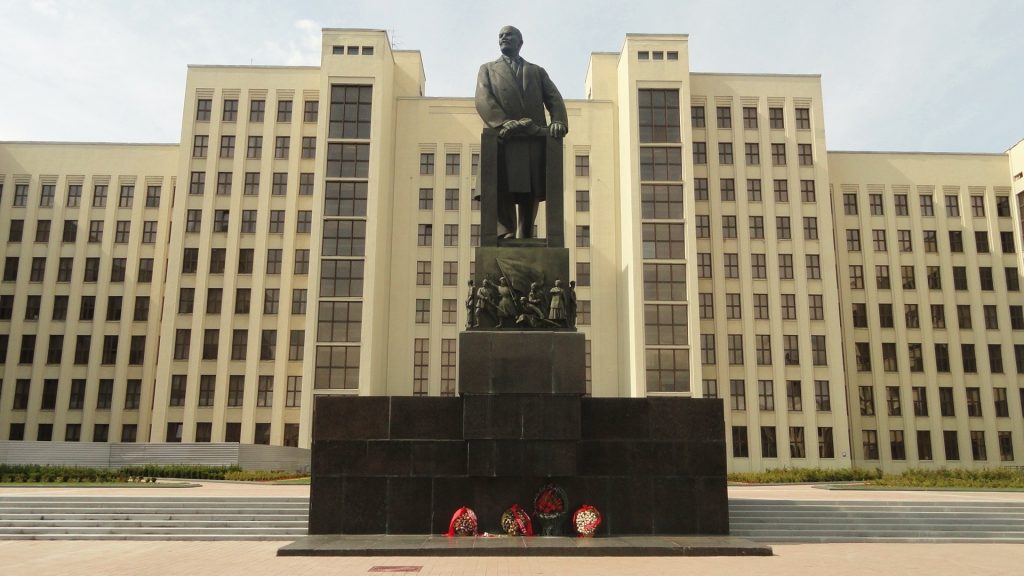
Up until World War II, Minsk experienced rapid development, with new schools, museums and libraries, with the Belarusian language and culture permeating into the new public features. The city was captured by German forces during the Operation Barbarossa of 1941, but became an important location for the Soviet resistance movement, a role earning it the title “Hero City” under Soviet honors. After being reclaimed by the Soviet army in 1944, Minsk was revamped into an industrial city in the style of Socialist Classicism. During this time, Minsk saw massive population growth, as young, rural Belarusians and skilled Soviet workers clocked to the booming city. This continued until the economic crisis of the 1990s; however, the surrounding areas of Minsk continued to be developed for new housing and metro lines expanded to create one of the most interconnected cities in the Easter Europe region.
Culture
While the popular make-up of the city looks very different today, until the 19th century, Belarusians were a minority of the population, with Poles and Jews making up the vast majority. Over the last two centuries, these proportions have dramatically shifted, with ethnic Belarusians making up nearly 80% of the population, with Poles and Jews together making up less than 2%.
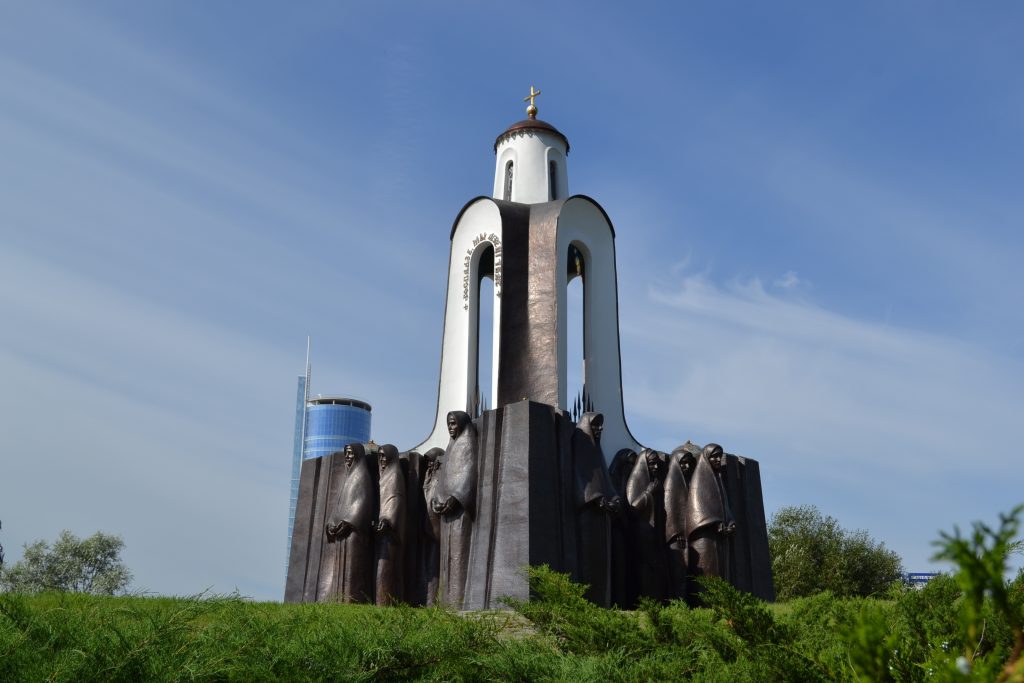
The historical religious importance of the city is reflected in its coat of arms, depicting the Virgin Mary surrounded by angels, a design made during its prestige under the Polish-Lithuanian Commonwealth. Minsk has accommodated many new languages with its changes in affiliation. For example, after Russian annexation in 1793, all Polish streets were renamed to Russian ones; Belarusian and Polish languages were repressed during this period, excluded from newspapers and schools. It was not until the 1920s and 1930s, with new cultural institutions established in the city, did the Belarusian language emerge as a dominant feature, along with aspects of traditional Belarusian culture.
Today, the city is home to many prestigious museums and theatres, such as the famous National Academic Grand Opera and Ballet Theater. Several stadiums in the city feature the country’s popular sporting teams, like soccer, ice hockey, handball, and basketball.
Cuisine
Belarus food has some similarities to Lithuanian, Polish and some other Slavic cuisines. Popular ingredients for many dishes in Minsk are meat and potatoes!
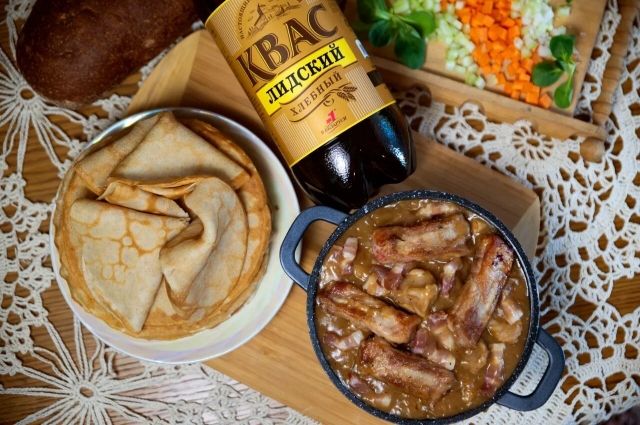
Vereshchaka, a meat stew, prepared as a sauce for buckwheat pancakes, typically made of, onions, spices, beer, sausages and pork meat. Zrazy: stuffed meatballs, dating back to the 15th century, made of rolled slices of beef and a filling of cereals, eggs, liver, mushrooms, or vegetables.
Served alongside many meat dishes are Lazanki. They are triangular buckwheat noodles and cooked cabbage, sometimes combined with ground poppy seeds and berries, introduced to the national cuisine in the 16th century from Poland.
Potato pyzy: potato dumplings, traditional to Poland and likely brought to Minsk over the last millennium, cooked using a combination of cooked and raw potatoes and filled with meat, twaróg (fresh cheese), or mushrooms. Draniki: potato pancakes, often served with homemade sour cream. Potato kishka: sausage made of potatoes and pork, once traditionally prepared by stuffing the ingredients into pork intestine, introduced to the national cuisine in the 19th century.

For desserts, popular options are Mazurka and Blini. Mazurka is a dessert cake, made with nuts, raisin and poppy or dried fruit. Blinis are Belarusian pancakes, made thin and with all different types of flour, most commonly buckwheat.
If you would like to learn more about this incredible city, its history and cuisine, check out these sites:
https://en.belarus.travel/landmarks/dishes-belarusian-cuisine


